The TTArtisan Tilt 50mm 1.4 is a full frame 50mm lens with a f/1.4 maximum aperture and a 90 degree rotating tilt feature that seems to often be available new for around £200. The fact that it’s even possible to create a lens with that sort of spec sheet is surprising enough. That fact that it’s possible to do so and it actually be – for at least some people’s needs – fairly good, boggles my mind.
Ok, so let me first say, this lens isn’t perfect. It has some optical flaws that might put some people off. But, depending on your requirements, they might not be all that significant. I can’t remember where I shared a picture of it online, but someone commented suggesting that they didn’t expect it to be any better or more than an “effects lens” – the sort of lens you might get from Lens Baby, i.e. mostly soft with a small, central and movable area of focus. At less than £200, that was a fair assumption. It wasn’t entirely correct.
TTArtisan talk about this lens on their website as being a two-in-one lens. It’s a fast normal prime lens, and it’s a tilt lens. In fact, the first photos I took with it were without any tilt and with the lens stopped down. Since then, I’ve also taken a lot of photos with it treating it like a normal 50mm. TTArtisan make the point that since it’s a tilt lens, it has a larger imaging circle that means when it’s used as a normal lens, you’re only actually using the central, better quality part of the circle and so “optical performance is (…) more guaranteed”. Of course, “more guaranteed” doesn’t mean much without any baseline to judge from, but the theory stacks up just in the same way as putting a full frame lens on an APS-C sensor camera results in using the best quality portion of the imaging circle. Not to denigrate them, but none of this can be said about Lens Baby style effects lenses. In fact, the only lenses that can be talked about in these terms are other “proper” tilt lenses. And but for a few (at least one) other Chinese offerings that have appeared lately, other tilt lenses are either, or both, a lot more expensive and often only have f/2.8 or slower maximum apertures. The TTArtisan Tilt 50mm 1.4 is, to reiterate, a f/1.4 lens, that tilts, is ~£200, and is not designed or presented as a Lens Baby style one-trick-pony effects lens. So what is the catch?
(For reference, here is a review of a Lens Baby lens I once shot to give you some idea of the comparison I am making here)
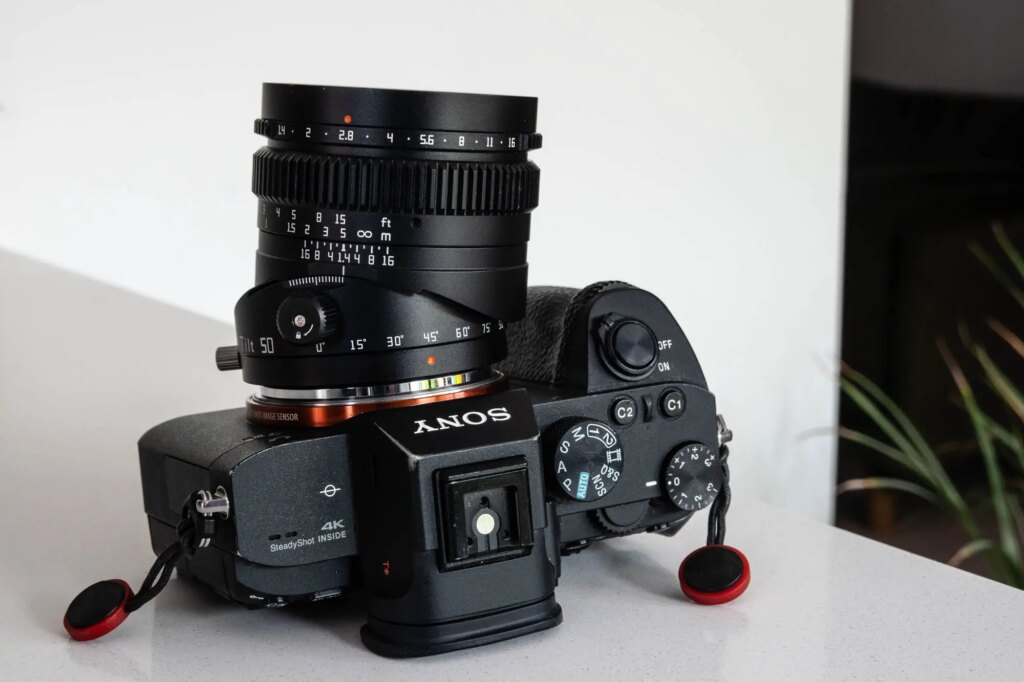
What is a tilt lens?
Ok, before I get into this, I feel like talking a bit about what tilt lenses are for and how they might be useful. They essentially have two roles, one is to alter the plane of focus to effectively extend depth of field, the other is to effectively contract depth of field. In fact, in real terms tilt lenses do neither of these things. All they really do is alter the angle of the plane of focus relative to the imaging surface which when combined with the plane of the subject matter can give the impression of increased or decreased depth of field.
That is to say, using a tilt lens, you can either extend how far into the image the zone of focus is by angling the plane of focus to match the plane of your subject matter thus increasing the sense of depth of field. Or you can intersect your plane of focus with the plane of the subject matter to decrease the sense of depth of field, or create what appears as a slice of focus through your subject.

In practice, this means a lot to certain types of photographers. For example, a landscape or architectural photographer might wish to extend the sense of depth of field further into the image without having to stop down so far and so degrade sharpness through diffraction. Product photographers photographing small products in the studio also take advantage of this technique. Using the opposite technique of contracting the depth of field is often used by portrait photographers to, for example, focus just on the subjects eyes or head whilst knocking the rest of the face or body respectively out of focus. This technique is also used to take photos of, for eg, urban areas or places with lots of people to make the people look like miniature models. Because we never see larger subjects with a small slice of depth of field, the effect tricks our brains into seeing larger scenes as being much smaller than they actually are. In short, tilt lenses can be quite versatile and have uses that range from invaluable to certain types of very precise work to being tools for much more creative and experimental work. Or, even shorter still, they can be loads of fun to play with!
If any of that doesn’t make immediate sense, then I would suggest having a read of this article on Cambridge in Colour – which incidentally is, by a margin, one of my favourite websites for sending people to read about photography techniques and the more technical side of photography. If you want to go deeper still, Wikipedia’s article on the Scheimplug Principle – which is the basis for the science behind all of this is a great bit of reading.
Build quality
To begin with, the TTArtisan Tilt 50mm 1.4 doesn’t feel cheap. There’s a lot more moving parts than a normal lens, and whilst they might not have the absolute feel of quality a lens such as the Nikon 45mm PC-E – another lens I have used with tilt features – they do feel pretty good. The whole lens is made of metal, which definitely helps. It’s quite weighty, but not overly heavy. It’s not even as big as I’d have expected a lens of this specification to need to be. It’s certainly a lot smaller than the Nikon, though of course that’s also a shift lens, which this lens isn’t.
Starting at the mount end of the lens, the 90 degree rotate control is locked and released with a smaller metal pin. Ideally this is locked down for fitting and removal of the lens else you’ll find yourself rotating the lens when trying to mount and unmount it, and if your anything like me, confused which way up it should be when trying to mount it. Once mounted, in the locked position the rotation is almost completely prevented without applying way more force than would feel comfortable. Loosening the pin releases the rotation and the body of the lens rotates relatively freely with clicks at 15 degree increments. It’s also slightly dampened like a focus control.
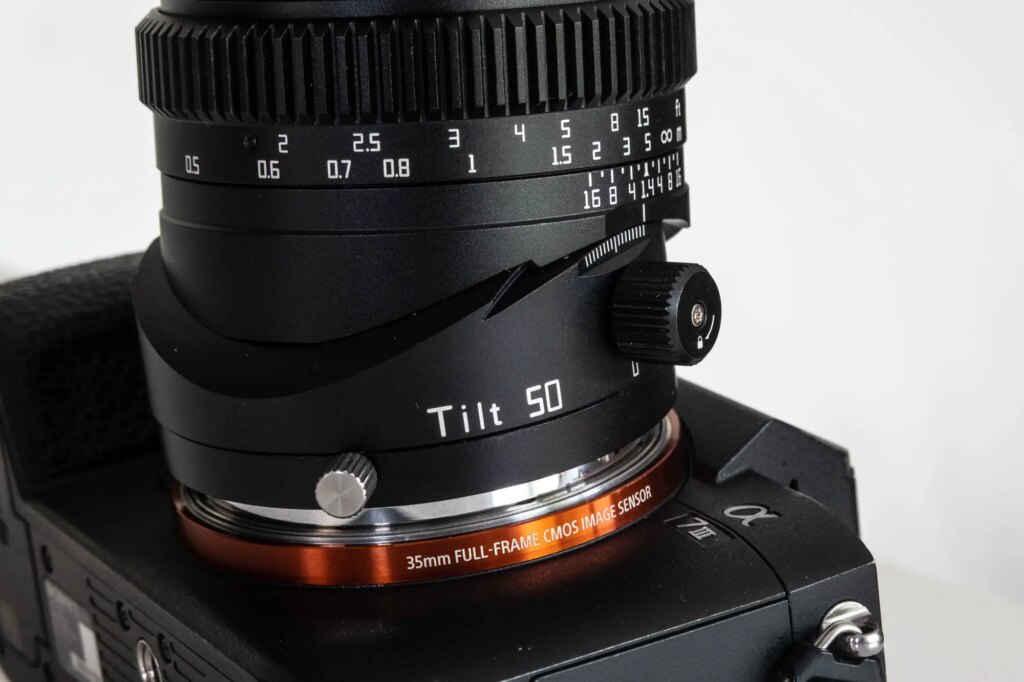
As I’ve said, there’s 90 degrees of rotation. At least as far as I can get my head around it, this is all that’s required for all of the vertical and horizontal movements you might need. The limitation comes on the diagonal in the opposite direction to the allowed rotation i.e you can’t tilt up and left or down and right. This seems like an odd omission to me… but then maybe the thinking is that diagonal tilts are a less common practice…? Certainly, I didn’t miss the ability to tilt the one way diagonally in use, but then I’m probably a bit of a novice when it comes to these sorts of movements.
Anyway… in terms of the mechanics, the same can be said for the adjustment of the tilt feature, the the lock/release control is bigger and instead of feeling like a binary locked/unlocked control, it provides variance between locked and released. This is especially useful with the lens vertically tilting as it allows finer adjustment without the front just dropping forward/down. This isn’t as good a system as the geared adjustment on more expensive tilt lenses, but I found it to work fine. There is also a click stop at the zero-point and each extreme end of the tilt. The tilt control provides up to 8 degrees of tilt in either direction. Combined with the 90 degrees of rotation, and f/1.4 maximum aperture, this makes for a fairly – though perhaps not completely – versatile tilt lens… in theory at least.
Next are the focus and aperture controls which are both nicely dampened. There is a slightly mechanical feel to them that the most fancy lenses on the market don’t have, but in reality they are quite impressive. The aperture is un-clicked. Both controls also have machined gears so that the lens can be used with a follow focus for video. We don’t use a follow focus system at work, so I couldn’t test this. But I do wonder with the lens being the size it is, and with it being a tilt lens, just how compatible some of the large follow focus systems would be…? I’m no expert, just a passing observation. Either way, with the un-clicked aperture and geared controls, they are clearly trying to broaden the appeal to video producers too.
In summary, I can find little wrong with the TTArisan Tilt 50mm 1.4 in terms of the mechanics. It might not be as refined as a £1700 Nikon lens, but I wouldn’t have expected it to be. I also wouldn’t expect it to be as solid as it feels for the money. Of course, time will tell on the longevity of the thing, but as it is out of the box it seems pretty impressive to me, and it hasn’t shown any signs of degradation in the time I’ve had it so far.
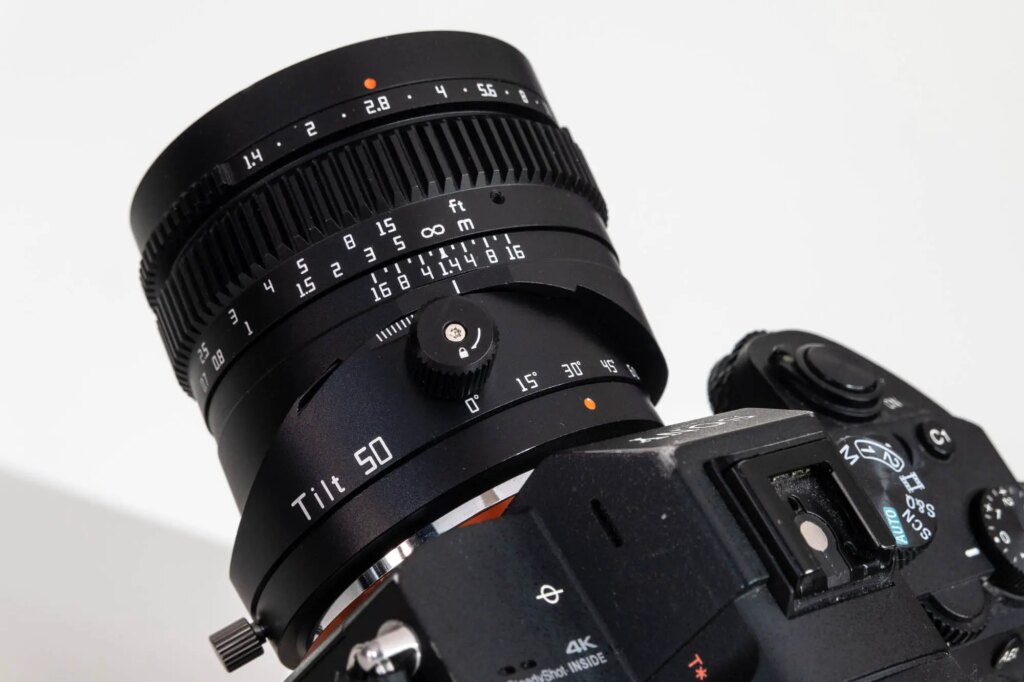
Optical quality
With the TTArtisan Tilt 50mm 1.4 being a tilt lens, it feels like there’s more to review in terms of the image quality – especially given TTArtisan’s claims around it being a 2-in-1 lens. As I said at the beginning of this review, it’s not optically perfect, but how much the imperfections will be an issue for the individual, will likely come down to use case.
Normal 50mm f/1.4 lens – the basics
For normal un-tilted use, the TTArtisan Tilt 50mm 1.4 is an ok lens. Wide open, it’s not particularly sharp, but unless you’re pixel peeping, it’s not too bad once you start stopping down. Essentially, it’s not up to the standards of many modern 50mm 1.4 lenses that are tack sharp from wide open. Instead, I think I think it feels more like a classic 50mm 1.4 but with more modern coatings. I guess this is the product of its relatively simple optical formula.
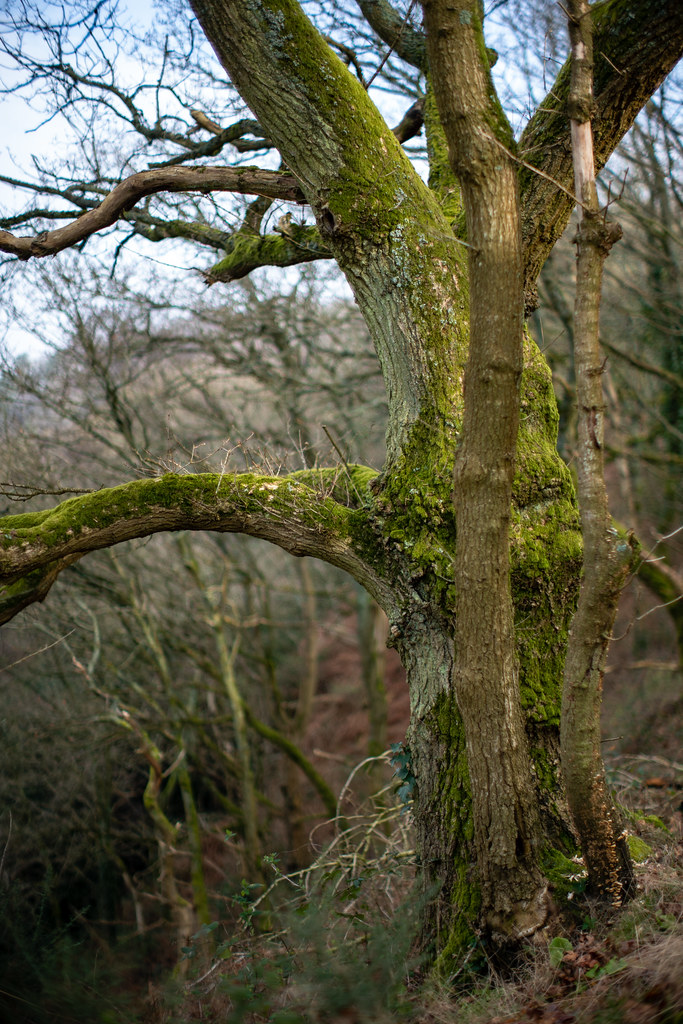
That said, despite the bigger imaging circle, it still falls off quite heavily from the centre sharper area. Even when stopped down a few stops it gets soft in the corners. This is not what quite I would have expected given TTArtisan’s claims about it being a 2-in-1 lens. Using it as a normal lens might well be taking advantage of the better centre part of the lens, but the better centre part still isn’t big enough or good enough for it to present any dramatic advantage, apart from perhaps the vignetting which doesn’t seem to strong when using it without the tilt. In terms of sharpness though, I say, it still lags behind modern 50mm lenses by some margin, but I still wouldn’t class this lens as an “effects” lens.
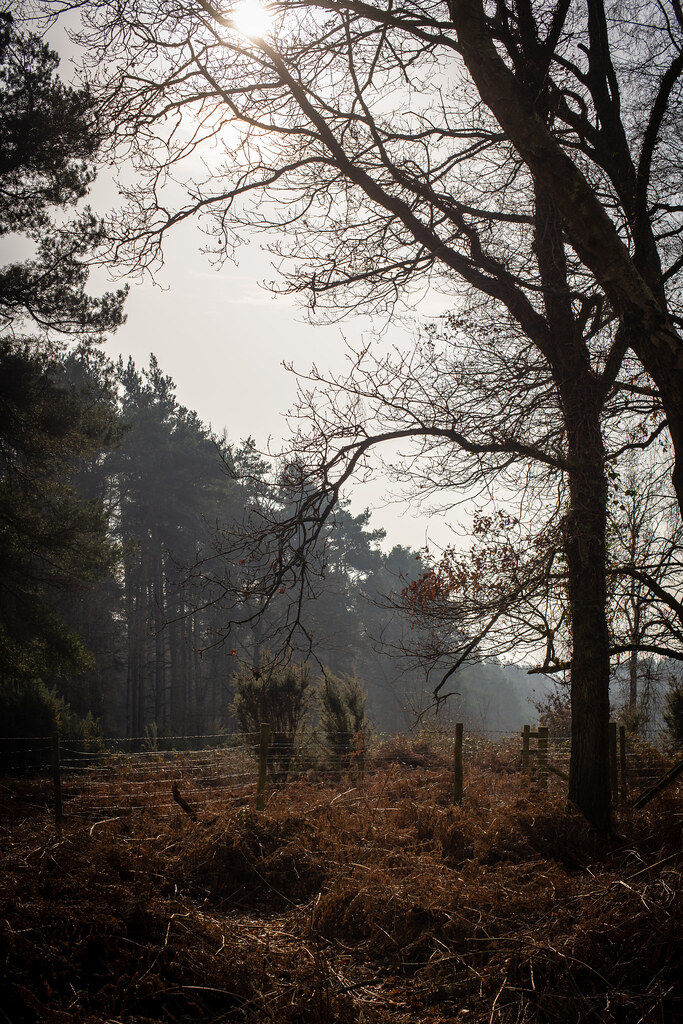
The bokeh is ok too. I found the rendering to be quite attractive in many circumstances. Generally speaking, I like the bokeh from classic lenses – I think I have a preference for some sort of character over and above very smooth rendering. That’s what you’ll find here. Out of focus highlights have a bit of an edge to them, they’re not always round and sometimes a little distracting.

Flare is also similar to what I might expect from a classic lens. There’s a bit of veiling in certain situations, especially wider open. That said, I haven’t noticed much in the way of ghosting.

I’ve also spotted a fair bit of barrel distortion and a bit of purple fringing in high contrast places. Theres also a little bit of colour fringing on out of focus edges (see below).
The result of all this? Using the lens un-tilted I have achieved a fair few images that I’m quite happy with. I think, thanks to the modern coating, the colours and contrast are pretty good. I certainly got some nice poppy shots when out for a walk with my wife in early spring sunshine. I’ve post processed these a bit, of course, but nothing dramatic – really only just enough to rid the shots of the lifeless look all photos come straight out of my Sony. If I’d spent £200 on some sort of classic lens that gave me this rendering, I think I’d probably be pretty satisfied. It’s perhaps not the most exciting lens in terms of character, but it certainly gives pretty workable images with a little bit of character.
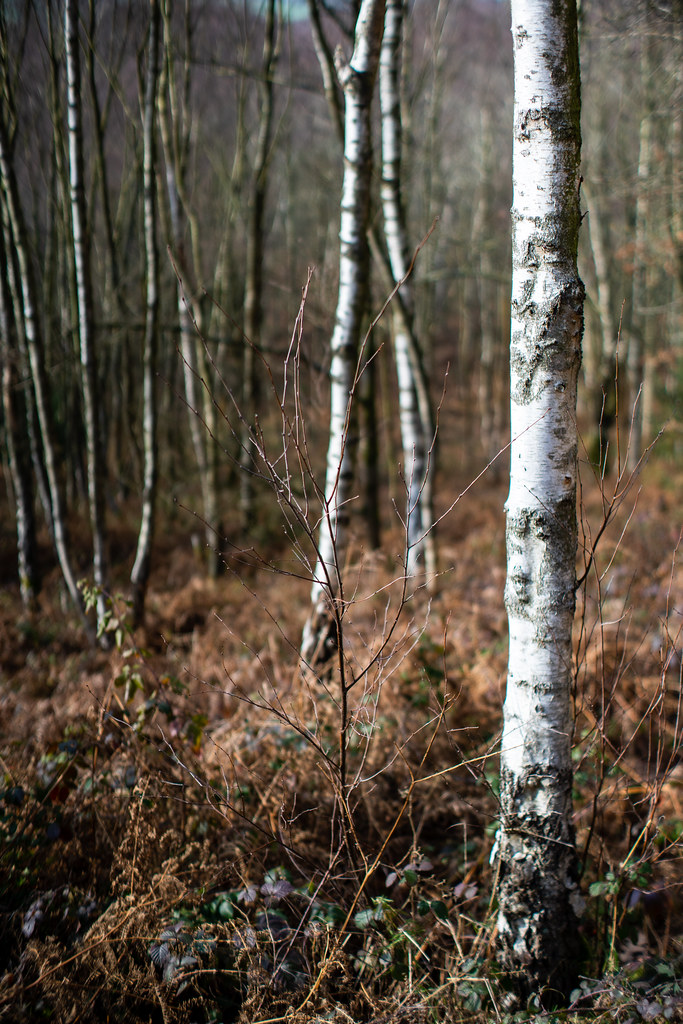
Tilted…
The above gives a basis for me to move onto various purposes this lens might be useful (or not) for when titled. As mentioned, I have decided to split this review into various use cases. The below is all the ways I can think up how anyone might choose to use a tilt lens with my thoughts on how suitable the TTArtisan Tilt 50mm 1.4 is for each purpose.
Product Photography
I mention this as it’s is why I previously used the Nikon 45mm PC-E lens. It wasn’t mine, I borrowed it off a mate to allow me photograph some expensive HiFi components for a client. The Nikon lens is also a shift lens, it’s also a macro lens (or micro as Nikon call it). To this end, it’s great for the sort of precision studio product photography. The TTArtisan – with its 50cm close focus and lack of shift – is less ideal for this sort of photography. In fact, I didn’t even bother trying. If that’s what you want this lens for, frankly, I’d look elsewhere. The TTArtisan 50mm 1.4 just doesn’t have the specs for this sort of shooting, regardless of the quality of the lens.
Extended depth of field for architectural or landscape photography
For this sort of photography the TTArtisan Tilt 50mm 1.4 is probably best thought of as just about ok, but unlikely to be suitable for the more discerning photographer wanting to buy a tilt lens for this sort of purpose specifically. Stopped down sharpness is ok in the middle but with it still getting softer toward the edges of the frame, those looking for tack sharp results might be disappointed. Tilting the lens also uses more of the edge of the image circle, the result of which is slightly more softness and more vignetting where the edge of the image circle comes into play. Of course, there’s also the barrel distortion which is something of an enemy to architectural photographers, though perhaps less of an issue for landscapers.
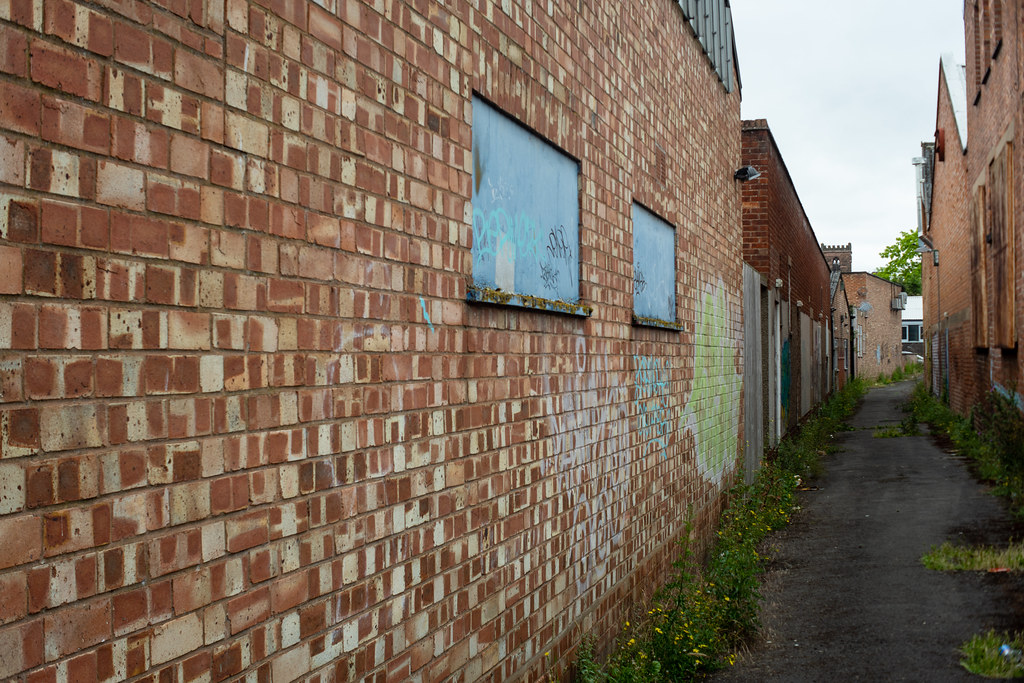
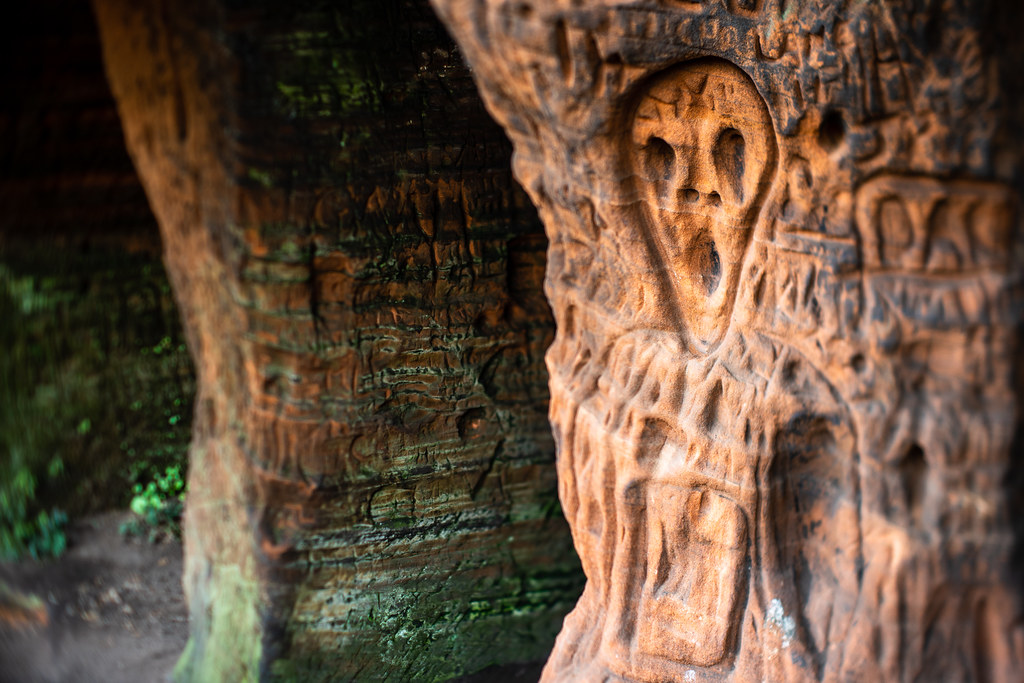
Contracted depth of field for architectural or landscape photography.
I would argue that this sort of photography is probably less reliant on objectively positive optical character traits. That is to say, anyone looking to reduce the sense of depth of field whilst shooting architecture or landscape photos is probably approaching photography in a less analytical and more creative way than someone looking to increase the effective depth of field. With that said, since the lens has both a wide 1.4 aperture that can give quite soft results when shot wide open, and the tilt, it’s wise to have some caution – or at very least expectation – with regard to the possibility of very soft images with almost indistinguishable areas of sharpness. ie unless you want pretty much everything to be soft, it’s worth stopping down a bit or being careful with the the tilt control.
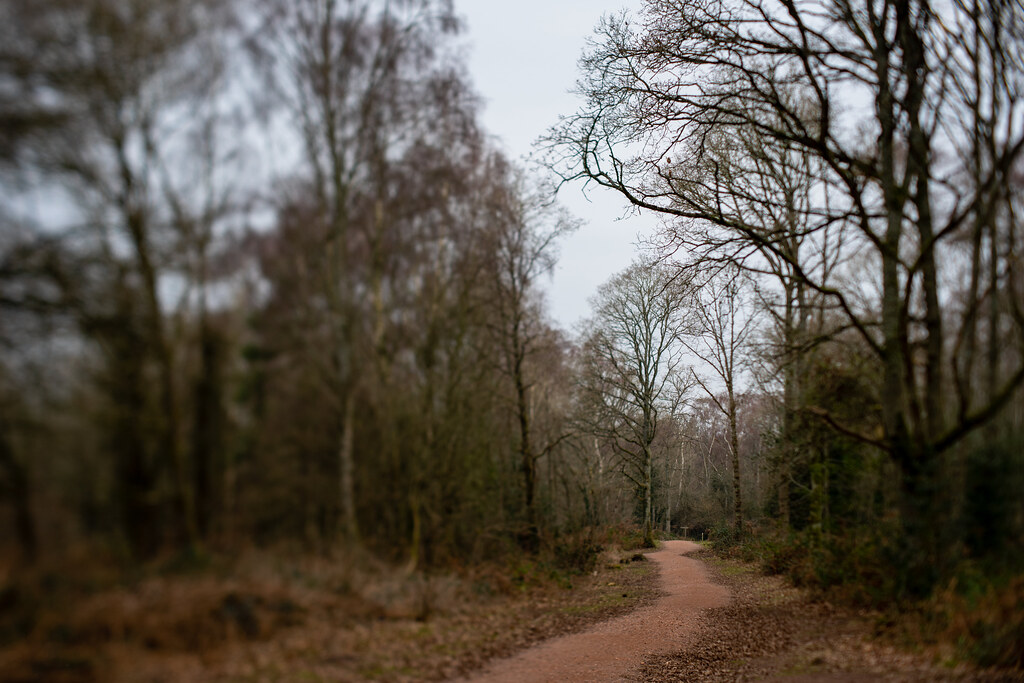
It’s also worth noting that when using the lens tilted to It’s extremes, where the edge of the imaging circle comes into play within the image, you might find heavily increased vignetting and even some swirling effects in the bokeh, especially in the foreground.
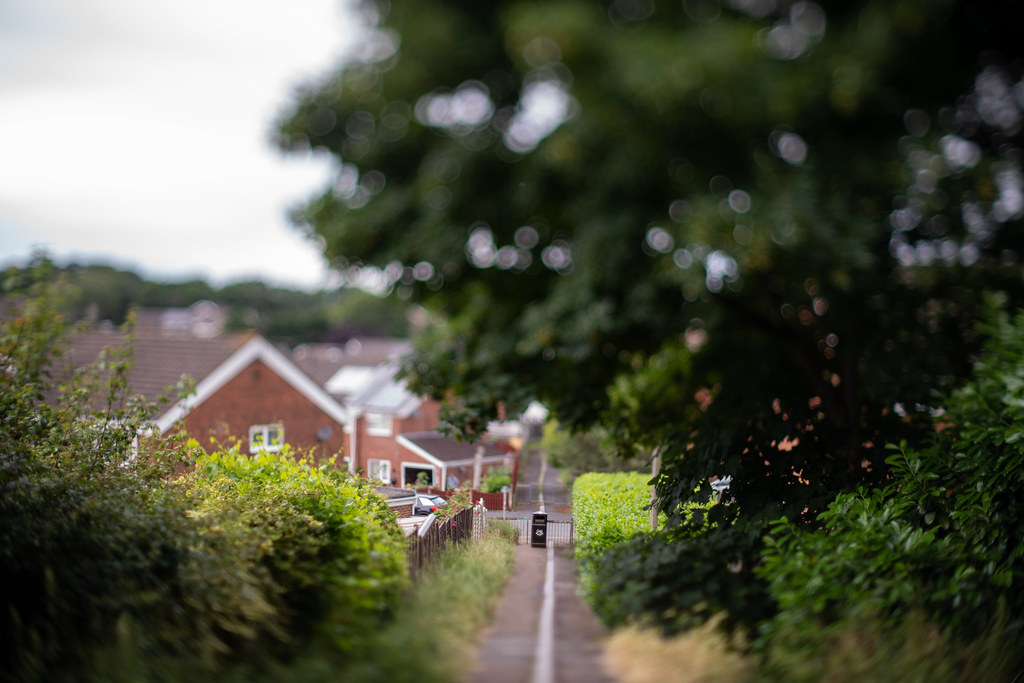
With all that said, I suspect if your goals are more creative in this way, then some of the wider-open softness is less problematic, as would the edge of frame softness when shooting stopped down. The mentioned vignetting and swirling bokeh character traits might also be a positive rather than a negative addition to your images…?
Miniaturisation
As previously noted, one specific way contracted depth of field is used, largely within urban areas, is to create images where the subject appears to look like a miniature model. I had no issues creating images like this with the lens. Yes the in-focus area can look a little soft if pushed to the extremes of the lenses aperture and tilt, but actually that almost adds to the effect anyway.
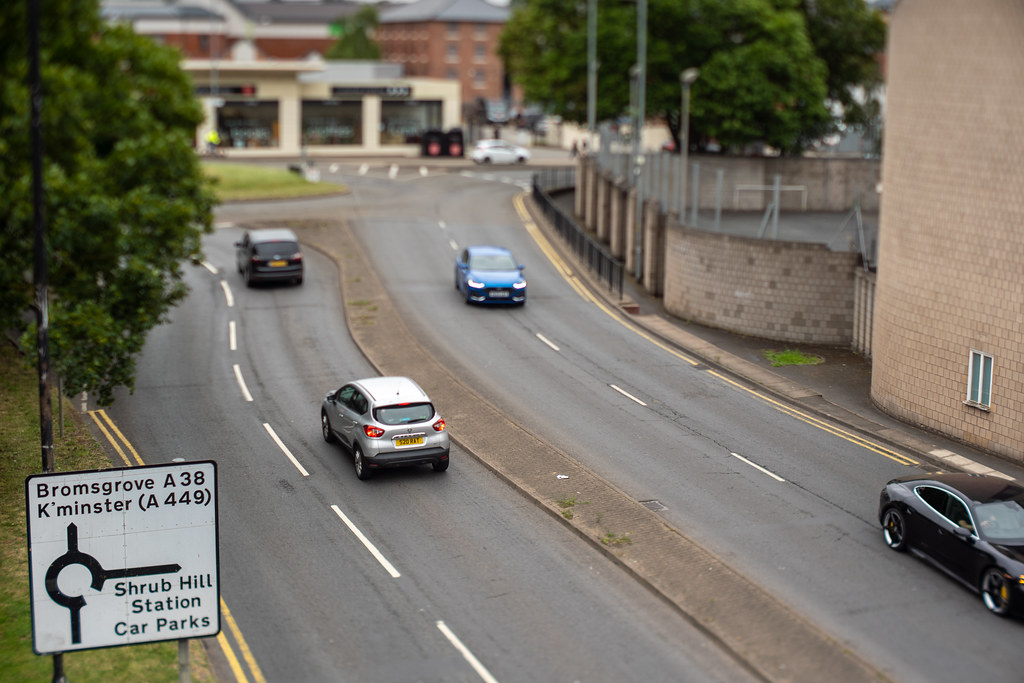

Contracted depth of field for portrait photography
Adjusting the plane of focus using a tilt lens to effectively create a slice of focus through the subject – often the eyes – is a creative approach to portraiture I have seen quite often. It seems especially popular with larger format photographers. I would say that if this is your main reason for buying this lens, for the same reasons I have mentioned in regard to contracted depth of field for architectural and landscape photography, you might find yourself with some really nice results using this lens. Used to its extremes, again, comes with a caution – especially closer up when depth of field is even more narrow – but with some care I would definitely say some really nice images could be created. I’ve certainly had some luck and have been pleased with the results.

Creative selective focus – “effects” lens use
Finally, I feel it would be remiss for me not to talk about this lens in the context of using it as an “effects” lens. I could make a strong argument that using it for miniaturisation and contracted DoF is using it for effect, but what I’m talking about here is more just using it for the purpose of unusual selective focus without any specific goal in mind. I’ve ended up having quite a lot of fun using it like this – tilting it to its extreme, shooting it at wider apertures and pointing it at varying subjects with little or no goal beyond just seeing what might happen.

Sometimes giving a vertical subject a horizontal band of focus can make for quite an interesting image.

Having the focus plane project out from the camera has the odd effect of making more than one layer of the image become that element that the eye is drawn to – I’m not going to claim that any of these images are going to change the world, or are particularly unique, but I had fun making them, and the sum total of this lenses character traits definitely play a part in the overall aesthetic!

TTArtisan Tilt 50mm 1.4 Photos
A couple more photos taken with this lens that I’ve been quite pleased with – note most of these were indeed taken with the goal of just seeing what would happen if I tilted the lens a certain way for the sake of the effect.
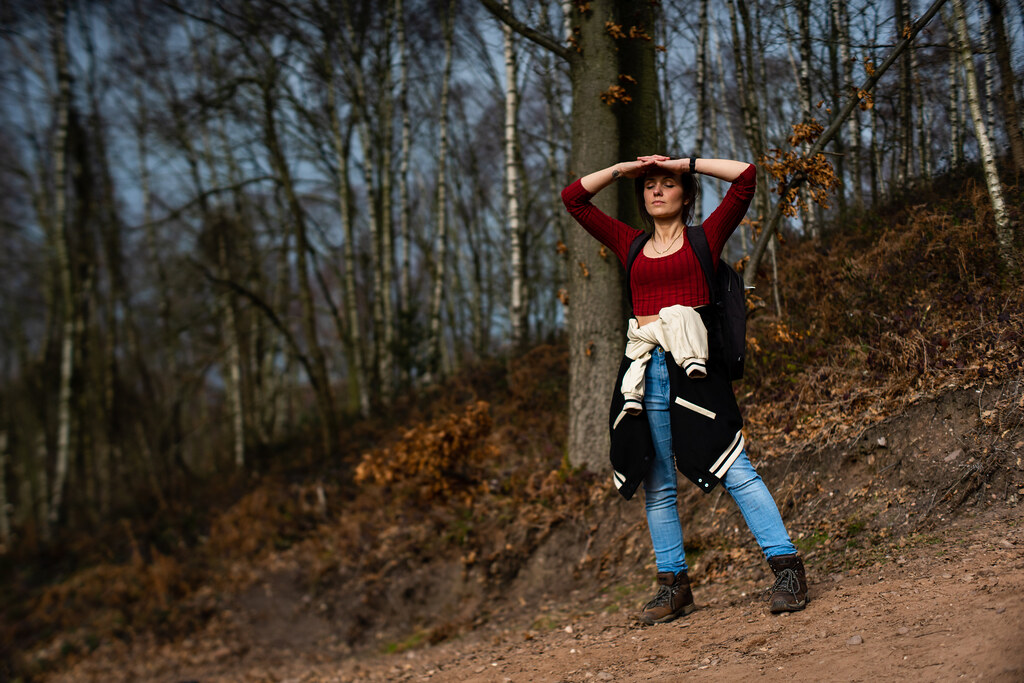

Final thoughts
At the end of my intro, I said that the TTArtisan Tilt 50mm 1.4 wasn’t just a one trick pony lens and I posed the question, “what’s the catch?” I hope I have managed to illustrate my point and answer that question.
This lens is far from the perfect all purpose technically perfect tilt lens. From a mechanical point of view, it doesn’t have a complete set of movements, though I would argue that given what it is likely to be used for, the lack of movements are likely less significant. It’s also not a macro lens, so smaller product studio work that tilt/shift lenses are often used for are also off the cards.
And then there’s the fact that it’s not massively sharp even stopped down, has some softness into the corners, has a bit of distortion and gets a bit more bonkers when you start using it to its extremes. All of which are traits not normally associated with more expensive tilt lenses.
I think though, that’s sort of the point here. The TTArtisan Tilt 50mm 1.4 isn’t an expensive tilt lens. In fact, for a tilt lens it’s decidedly cheap. But, unlike other cheap lenses that offer tilting features, most notably from brands such as Lens Baby, it does still function like a “proper” tilt lens. It has the mechanical properties of a tilt lens, and the photographic outcome is also what you might expect from a “proper” tilt lens, albeit with a fair few more aberrations than your average £1700 Canikor. As a result, as long as you’re a little forgiving of some of its shortcomings, it can be used as a proper tilt lens for experimenting with expanding the perceived depth of field within an image. It also works very nicely for more creative purposes with its ability to contract the perceived depth of field, an area where I would argue more creative licence can be applied and therefore the softness and other character traits of less relevance. It’s also a lot of fun to use as a creative “effects” lens – it certainly gave me some results I’m happy with, and I dare say in the hands of someone more creative than me, it could be harnessed really nicely.
Finally, there’s the fact that it’s also works as a straight 50mm 1.4. Now, ok, that statement comes with some caveats. But as someone who has gained a great deal of pleasure from shooting a lot of classic and modern incarnations of classic lenses (eg the new Meyer range), it would seem ridiculous of me to criticise it too much for not being perfectly sharp across the frame at all apertures. The fact is, this lens is a simple formula lens with modern coatings that creates images that are far from perfect but definitely have charm.
In short, the catch is that it’s not a perfect lens. Nor would I expect it to be – especially for the price – but with all the potential it allows, it’s also far from a one trick pony. I shall be keeping the TTArtisan Tilt 50mm 1.4 for sure – I like it a great deal!
The TTArtisan Tilt 50mm 1.4 is available in Sony E-mount (tested here), Leica L-mount, Fuji X-mount, Canon RF-mount and Nikon Z-mount.
More info on the TTArtisan website here

A final note on other reviews
Having got some way through this review, noticing some of the “issues” it has, I decided to have a flick through some other reviews. As is often the case, I found myself reading many of the same core messages just with a different take on the outcome. On this particular occasion, I found myself in the unusual position of being pretty much the only reviewer of the TTArtisan Tilt 50mm 1.4 to find themselves, on balance, feeling more positive than negative about it. This doesn’t entirely surprise me – I am probably more forgiving of character traits in lenses as I find them a lot more interesting than, well, a lack of character traits. But, it has made me feel a little defensive of this lens and what I perceive it to be capable of… so I just wanted to add these final, final thoughts.
If you’re thinking about buying the TTArtisan Tilt 50mm 1.4 and have been put off by some of the other reviews, I would suggest you spend some time thinking about what it is exactly you want from a tilt lens. My guess is that a lot of people thinking about buying this lens are contemplating it on the basis of its ability to create softness through effectively contracting depth of field. If you’re in this category, and are looking at this as your first tiltable lens, I really would encourage you not to worry too much about some of the negativity. The facts are the facts. Objectively speaking, this lens does fall short of what other 50mm 1.4 lenses and what other tilt lenses are capable of – I certainly wouldn’t want to take away from what the likes of Bastian on Philip Reeve has said. Bastian knows his stuff, he’s a great lens reviewer and what he says really is all true (aside from the light leak – mine doesn’t suffer with this issue). But for dipping a toe into the world of tilt photography, as well as experimenting with lenses that are more “classic” in their rendering, there’s a lot of fun to be had with this lens for really very little money.
Share this post:
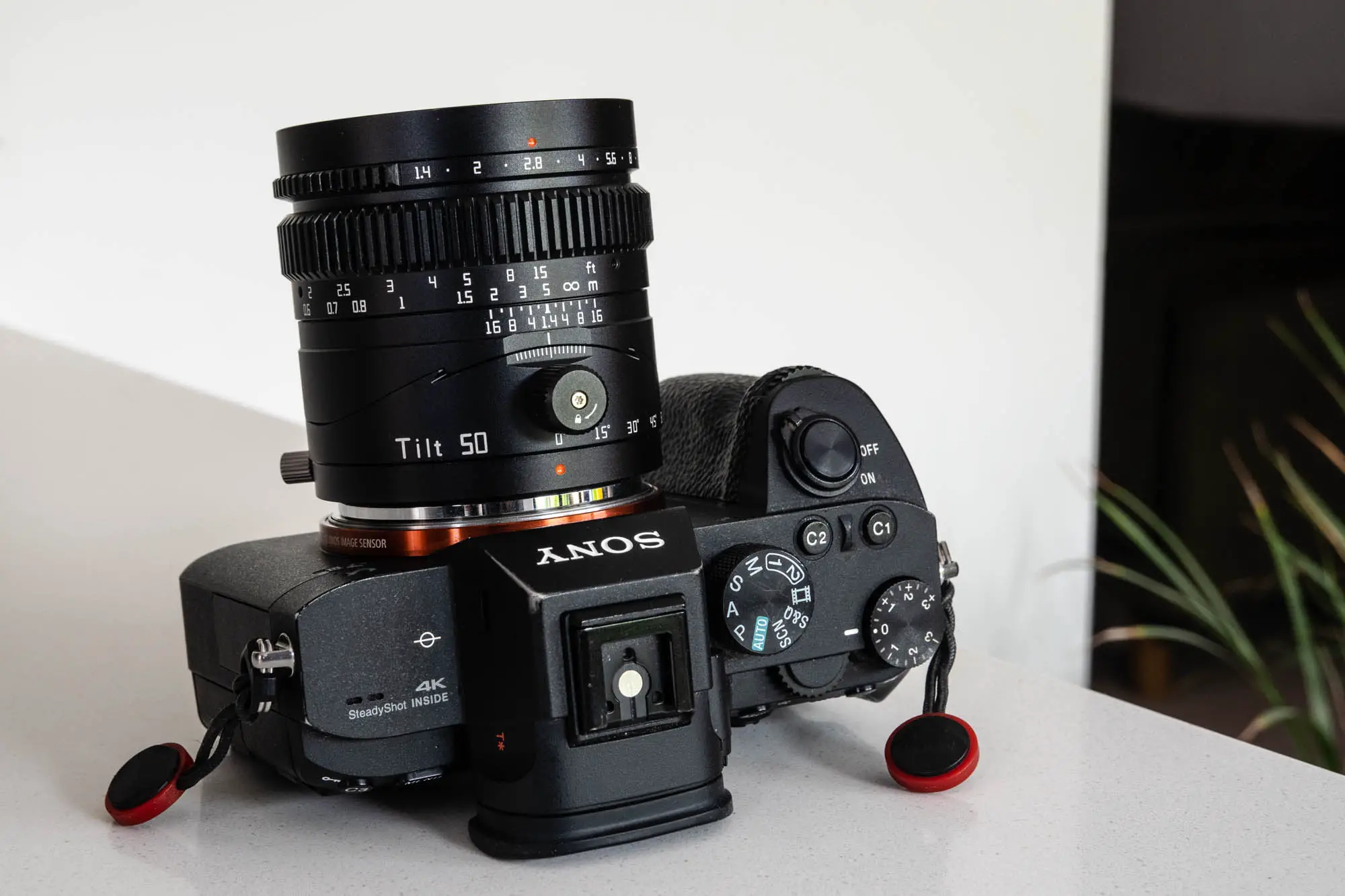








Comments
lich on TTArtisan Tilt 50mm 1.4 Lens Review
Comment posted: 03/07/2023
Miv Tucker on TTArtisan Tilt 50mm 1.4 Lens Review
Comment posted: 03/07/2023
A small table showing the specs might have been useful.
Thanks.
Comment posted: 03/07/2023
Comment posted: 03/07/2023
Stevenson G on TTArtisan Tilt 50mm 1.4 Lens Review
Comment posted: 03/07/2023
Huss on TTArtisan Tilt 50mm 1.4 Lens Review
Comment posted: 06/07/2023
Let's be honest here... If Leica made something like this with this level of optical 'quality' and gave it a fancy name and asked $10K for it, people would be falling over each other with fistfuls of cash trying to be the first to get one at their local Leica Store...
Comment posted: 06/07/2023
Huss on TTArtisan Tilt 50mm 1.4 Lens Review
Comment posted: 06/07/2023
Eric on TTArtisan Tilt 50mm 1.4 Lens Review
Comment posted: 18/12/2023